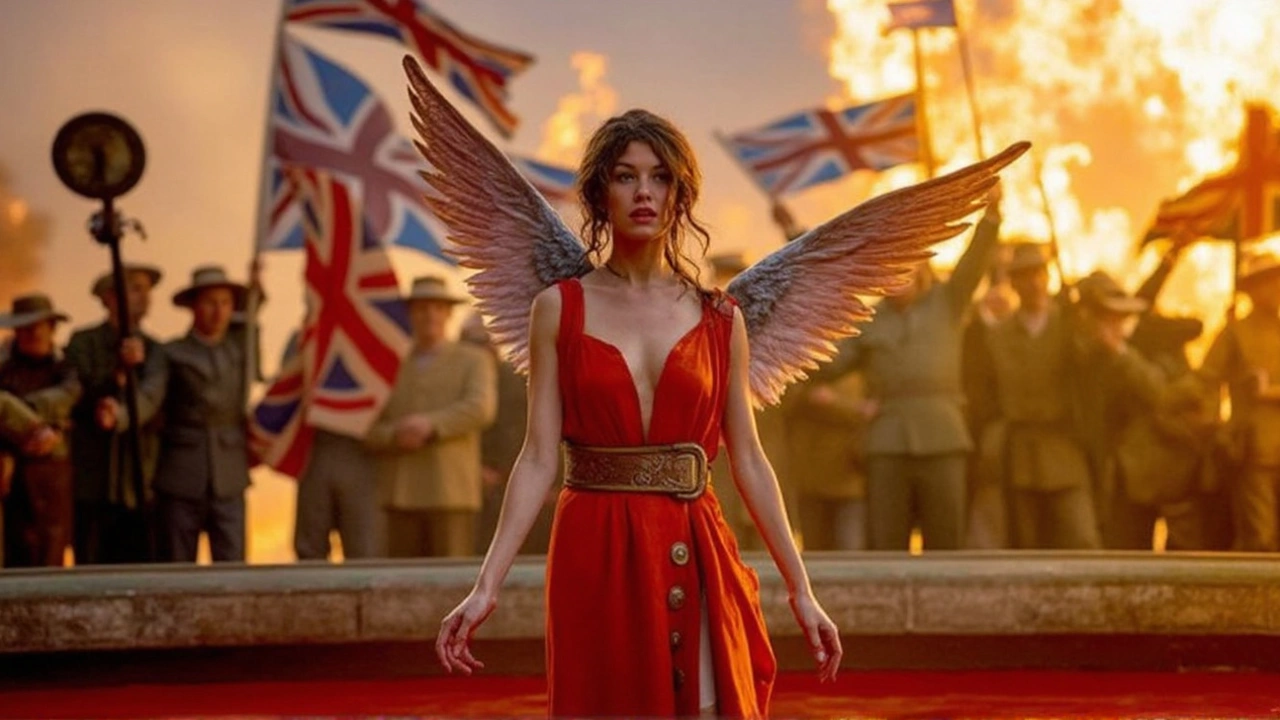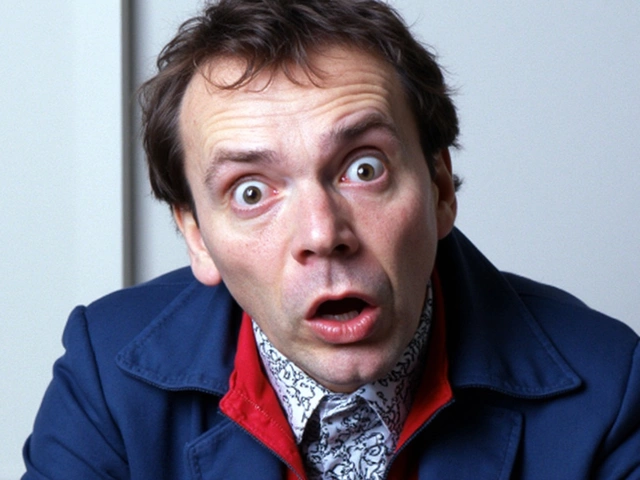Post‑WWI London: How the City Rebuilt and Changed After the War
When the guns fell silent in 1918, London didn’t just go back to normal. The city was packed with soldiers coming home, families grieving, and a whole lot of broken buildings. Everyone wanted a fresh start, and that spark set off a massive wave of change that still shows up today.
Housing and the Fight Against the "Slum"
One of the biggest headaches was housing. The war had left large parts of the capital short on decent homes. To fix that, the government launched the "Homes for Heroes" program. Thousands of council houses popped up in places like Woolwich and Battersea, giving working families a roof that wasn’t a cramped cellar.
These new blocks weren’t perfect – they were often plain and built quickly – but they meant fewer families lived in damp, unsafe rooms. The push for better housing also sparked the rise of the garden suburb movement, where leafy streets and small gardens became the new ideal.
Transport, Culture, and Everyday Life
Transport got a serious upgrade too. The Underground extended its lines, reaching places like Morden and Hounslow. More trains meant people could live farther from the centre and still get to work. Buses grew in number, and the first motor‑bus routes appeared, shaking up the old horse‑drawn system.
Culturally, the 1920s were a wild ride. Jazz clubs opened in Soho, the West End saw new, daring plays, and women started to appear more often in the workforce and on the streets, wearing shorter skirts and bobbed hair. The war had taught many that life could be short, so people chased fun and freedom.
Sport also boomed. Football clubs filled stadiums, and the first live radio broadcasts of matches started to reach fans at home. The excitement of a post‑war world made every win feel like a victory for the whole city.
Education got a boost. The 1918 Education Act raised the school‑leaving age to 14, aiming to give every child a better chance. New schools were built, especially in the expanding suburbs, so kids didn’t have to travel far.
All these changes weren’t just about bricks and trains – they reshaped how Londoners thought about themselves. The city moved from a Victorian mindset to a more modern, forward‑looking attitude. People started to imagine a London that could grow, adapt, and keep moving even after huge setbacks.
Looking back, the post‑WWI era set the foundation for the London we know today. The housing estates, the tube lines, the cultural vibe – they all began as responses to the war’s aftermath. So the next time you ride the Underground or walk down a leafy suburb, you’re seeing the legacy of a city that rebuilt itself from the ground up.
Kieran Lockhart, Mar, 2 2025
BBC One's Dope Girls: A Wild Ride Through History with a Punk Twist
BBC One's *Dope Girls* plunges viewers into the vibrant nightlife of post-WWI London, focusing on women who redefine themselves in the chaotic nightclub scene. The show, influenced by real-life figures, contrasts historical realism with modern punk aesthetics, highlighting themes of female empowerment and rebellion. While celebrated for its bold style and feminist themes, viewers critique its occasional tonal imbalance.
View More




